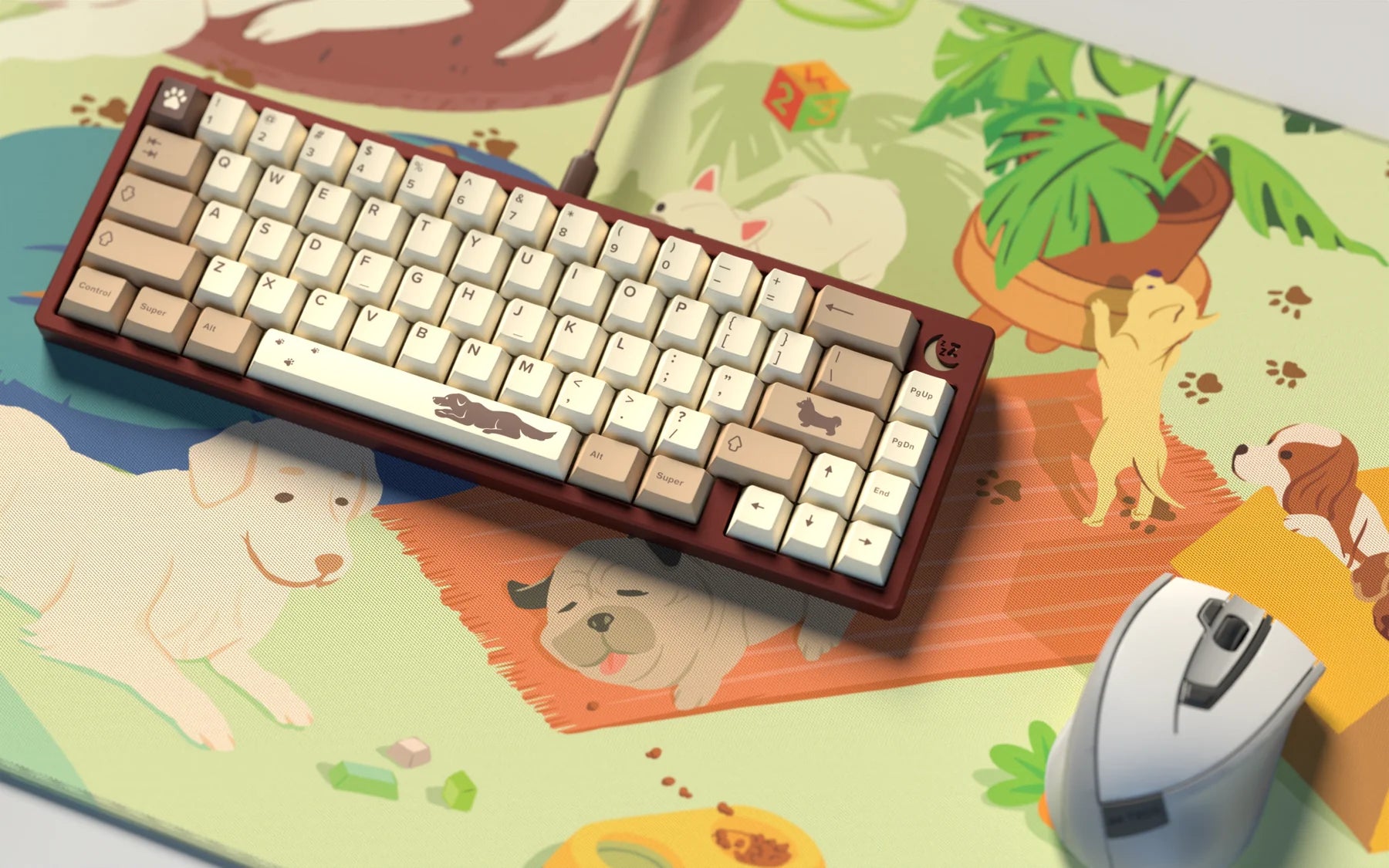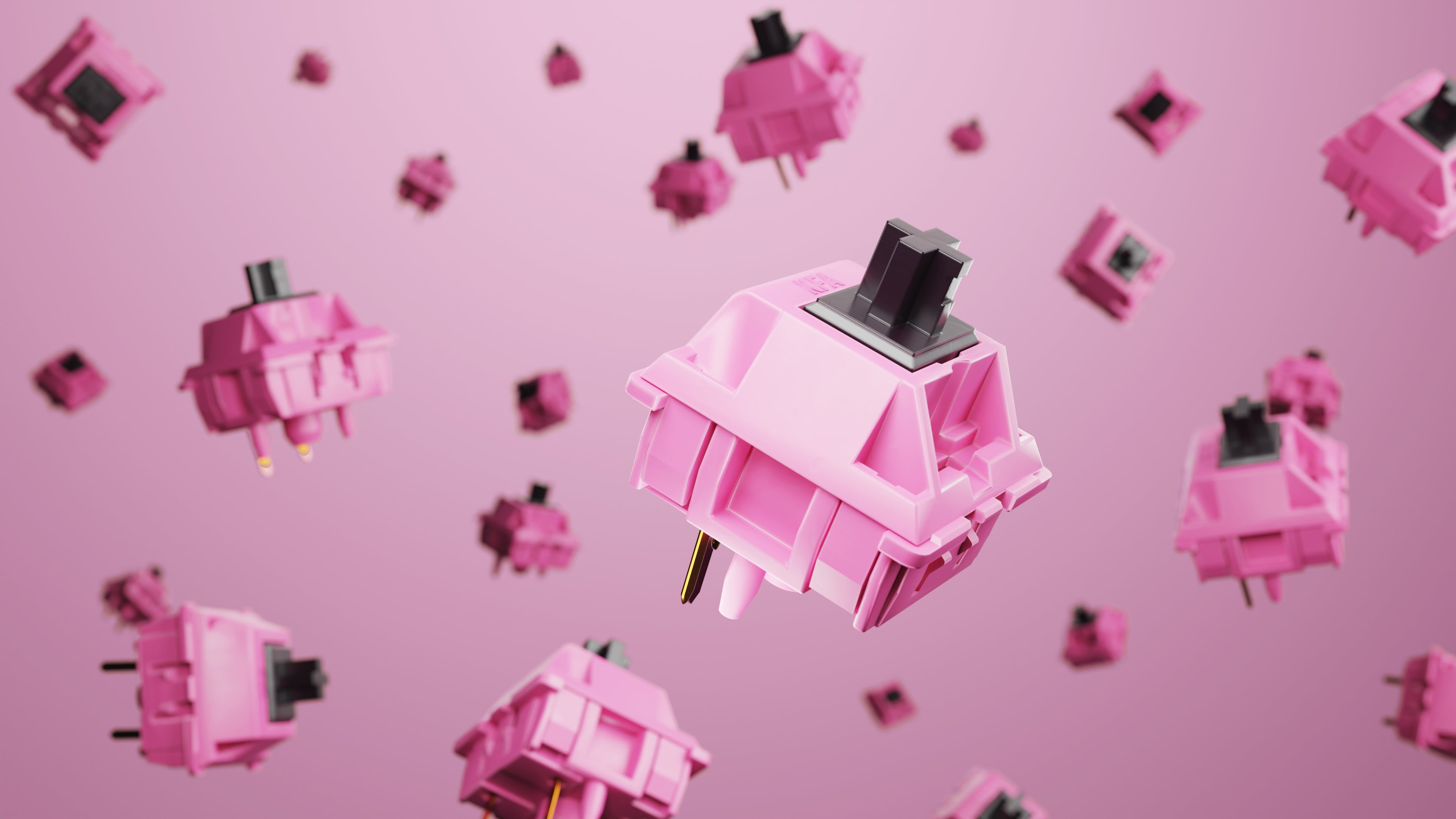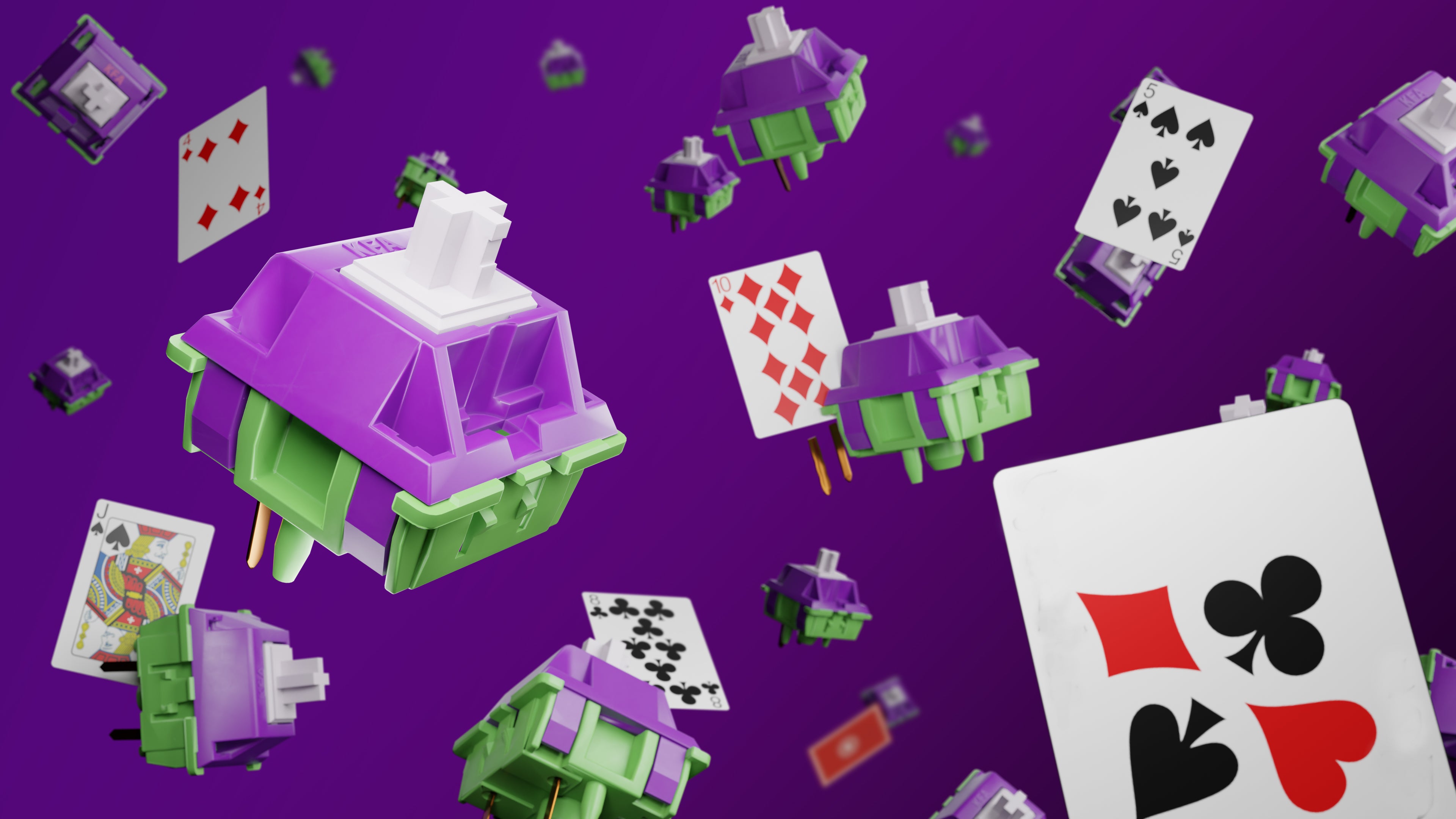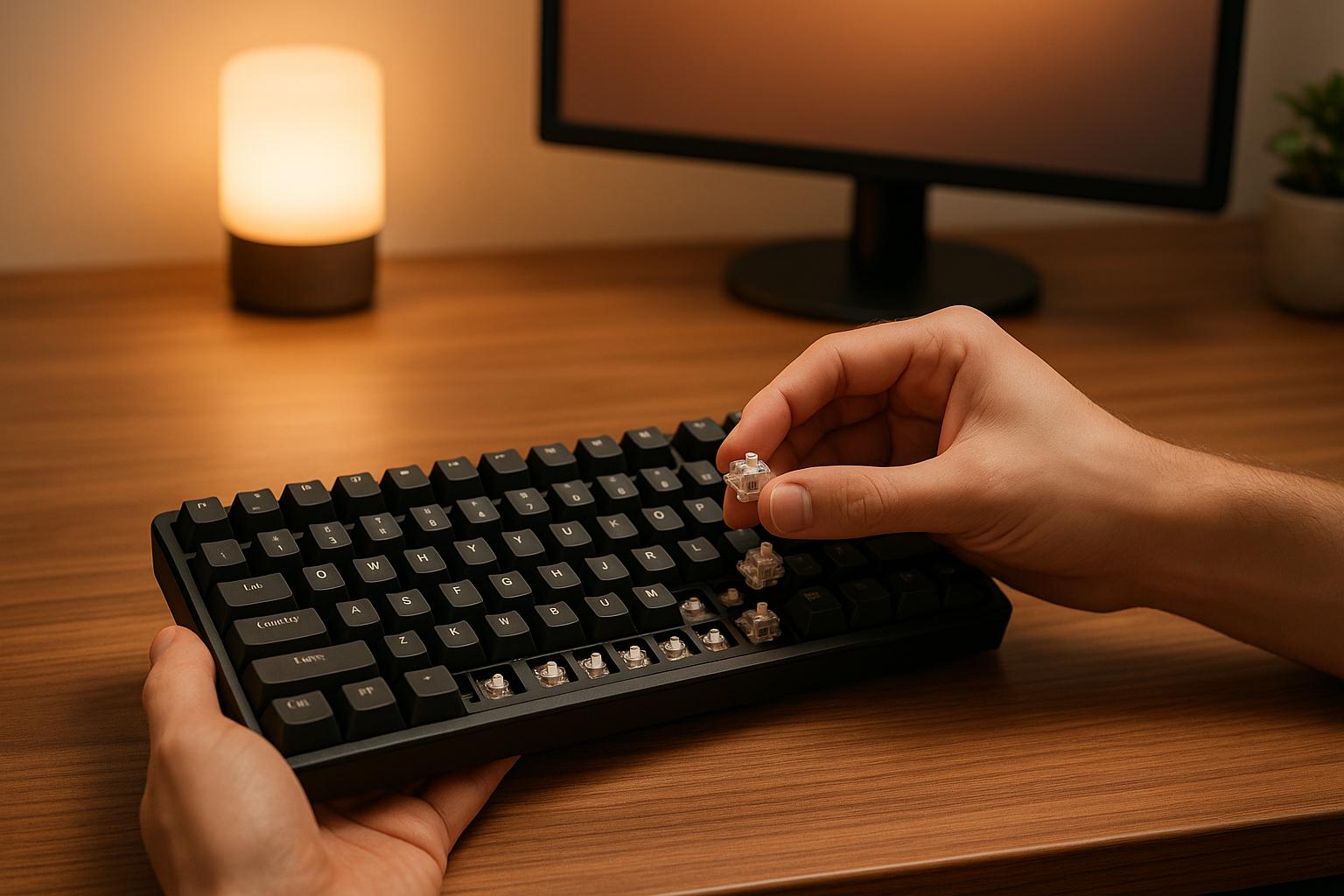
How to Install Switches on Hot-Swap Keyboards
Hot-swap keyboards make customizing mechanical keyboards simple. Instead of soldering, you can easily replace switches by hand using spring-loaded sockets. Here's what you need to know: Hot-Swap...
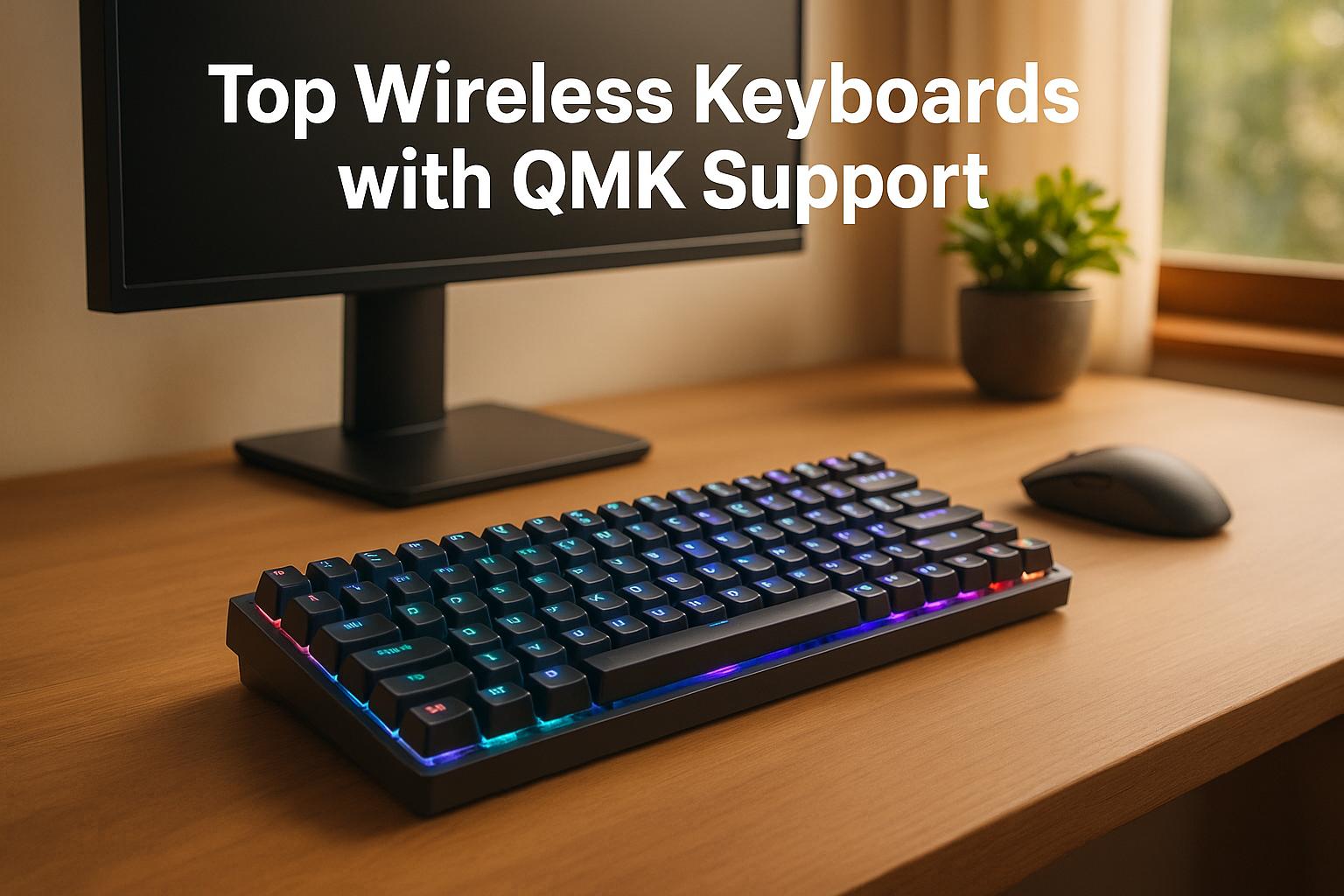
Top Wireless Keyboards with QMK Support
Wireless keyboards with QMK support combine freedom from cables with deep customization options. They let you remap keys, create macros, and personalize layouts for gaming or productivity. This ar...
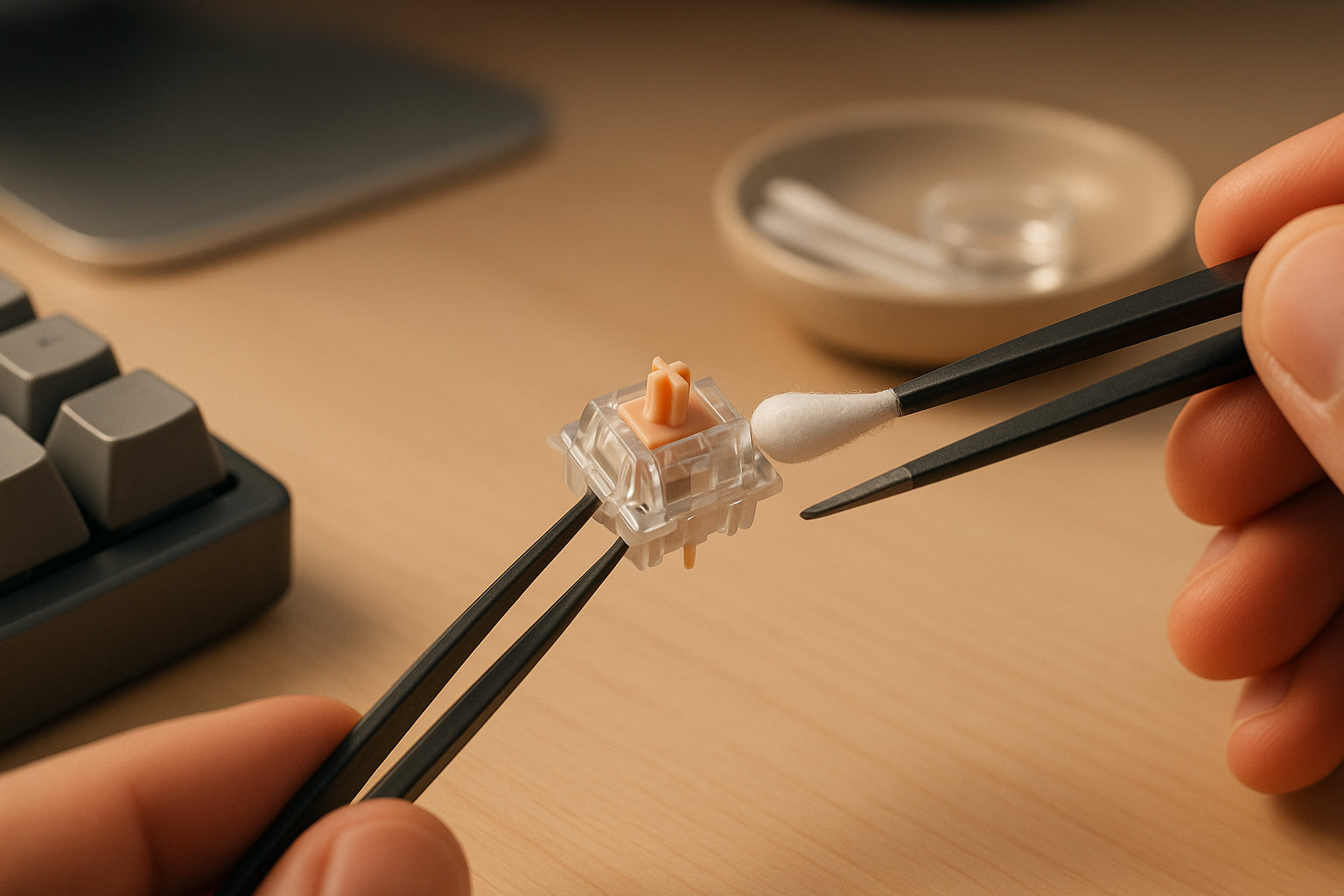
How to Remove Old Lube from Switches
Removing old lube from keyboard switches is essential for maintaining smooth performance and extending their lifespan. Over time, lube can degrade due to dust, humidity, and frequent use, leading ...
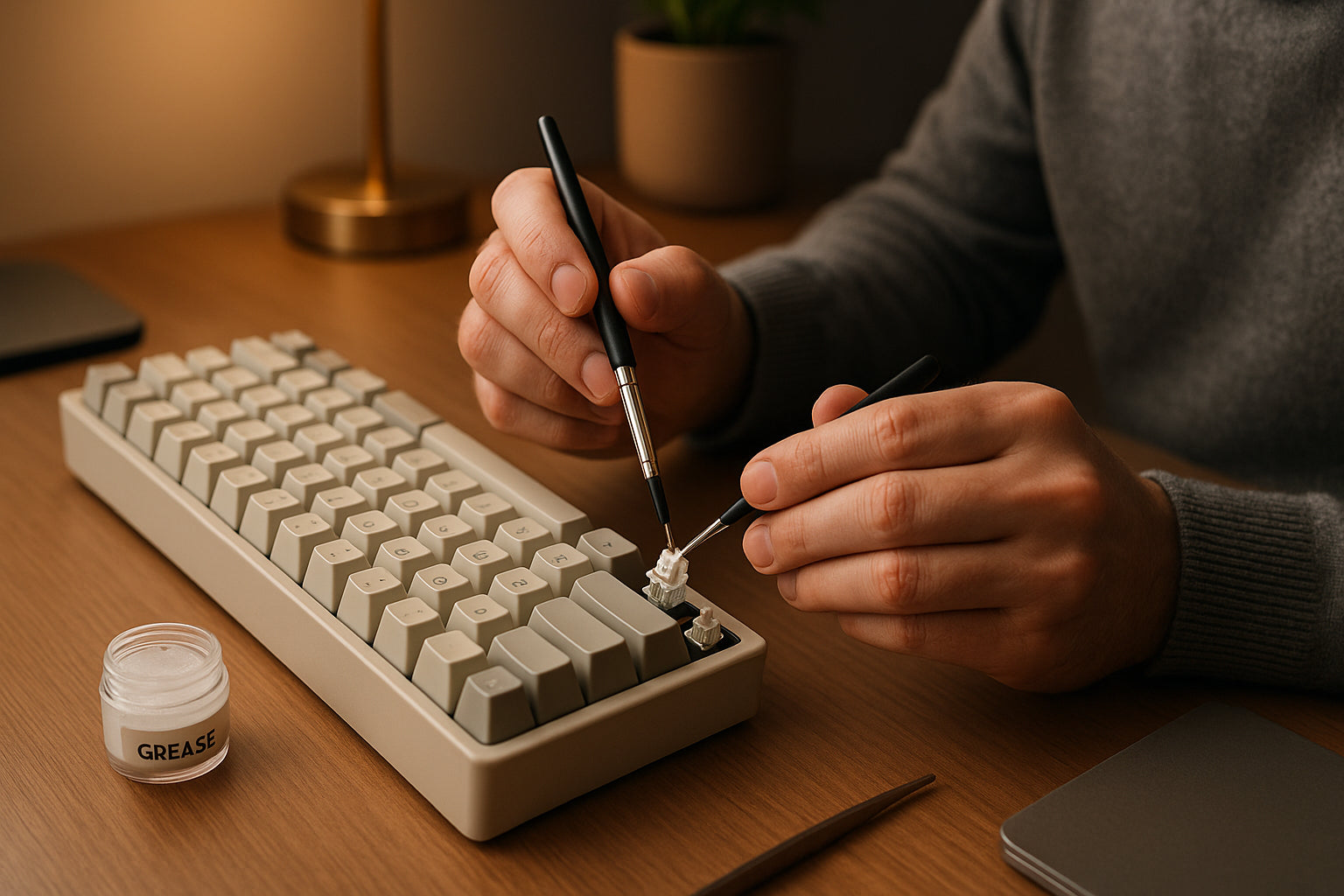
Switch Lubing: Impact on Typing Feel and Sound
Switch lubing is a simple yet impactful way to improve the feel and sound of your mechanical keyboard. By applying lubricant to the internal parts of switches, you can reduce friction, eliminate s...
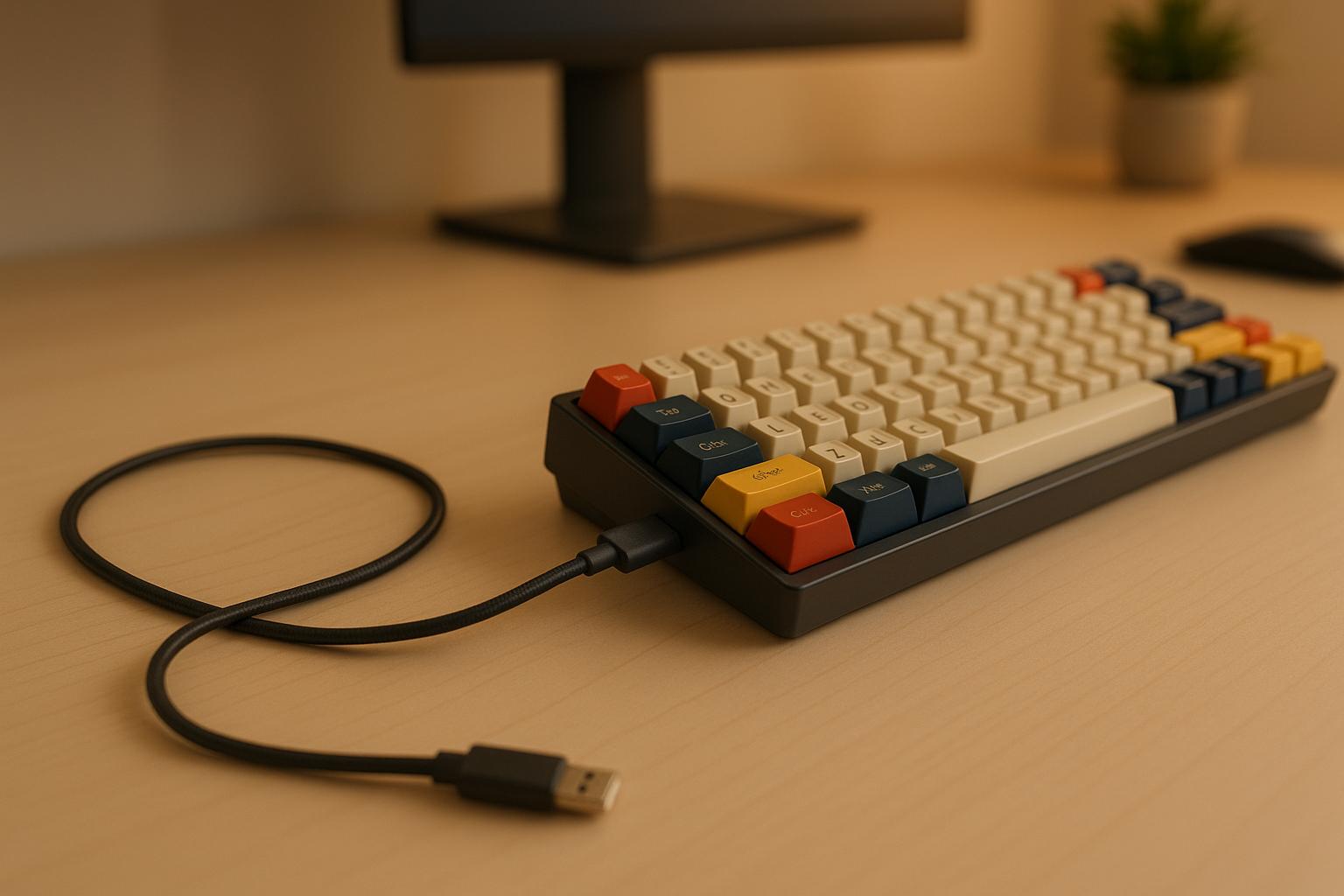
USB Cable Issues with Custom Keyboards: Guide
USB cable issues can disrupt your custom mechanical keyboard's performance. Here's what you need to know and how to fix them: Common Problems: Loose connections from repeated plugging/unpluggi...
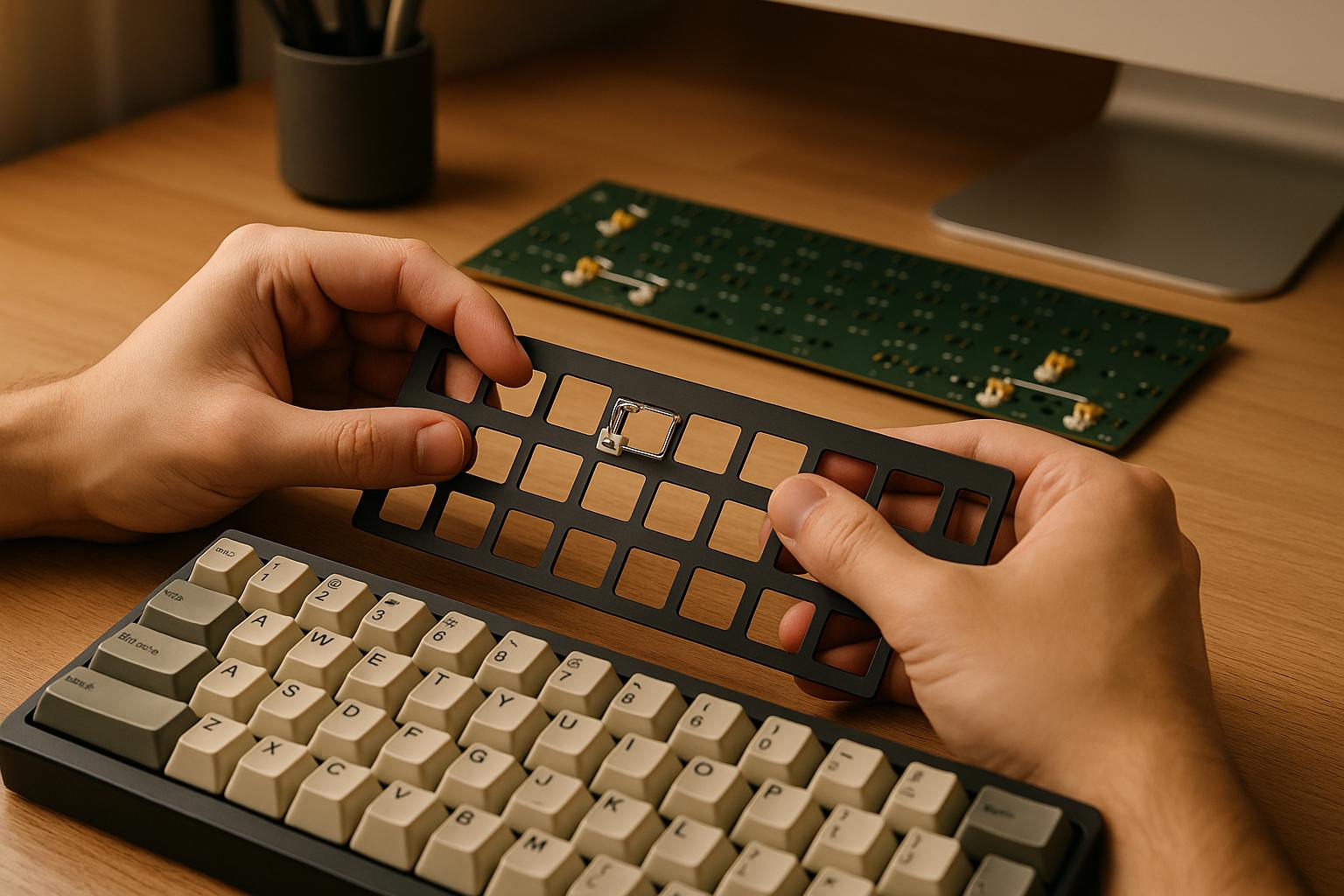
Plate-Mounted vs PCB-Mounted Stabilizers: Alignment Tips
Stabilizers, or "stabs", are essential for keeping larger keyboard keys (like the spacebar or shift key) steady and smooth. They come in two main types: plate-mounted and PCB-mounted, each with un...


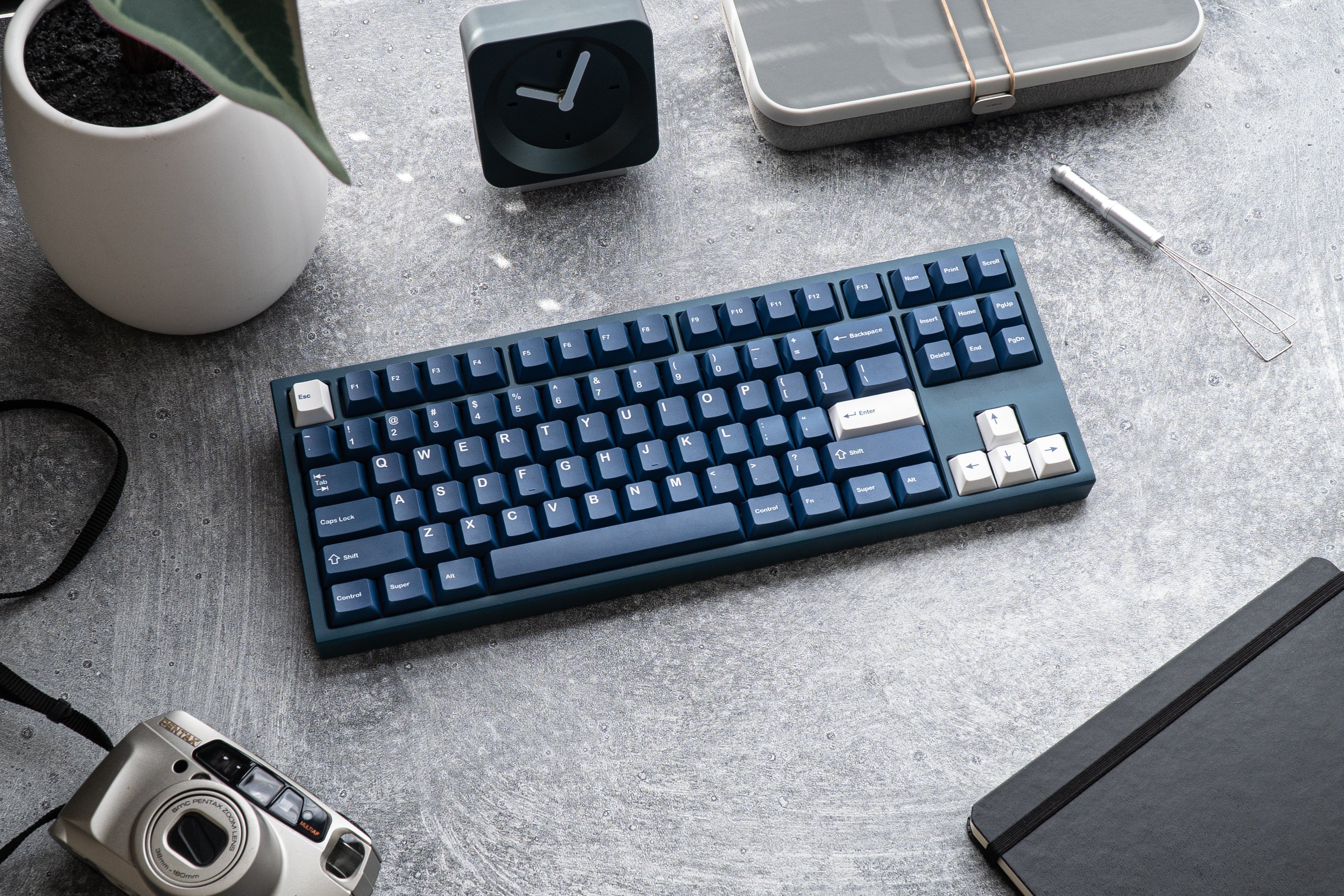
![[Pre-Order] Autumn Leaves PBT Keycaps - KeebsForAll](http://keebsforall.com/cdn/shop/products/DSC09732.jpg?v=1676148273)
